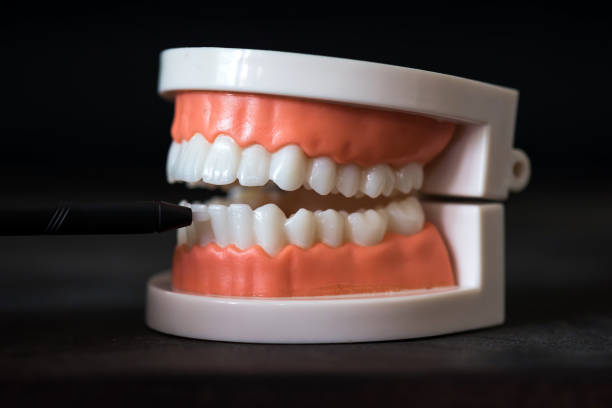
Overview of Implantology
Most of the time, an endodontist is able to save a patient’s natural tooth when they visit their office with an infected or damaged tooth. Sometimes, though, this isn’t an option, so the tooth must be extracted and replaced with a dental implant.
The area of dentistry known as implantology is concerned with the long-term placement of dental implants in the jaw. When it is decided that a natural tooth needs to be extracted, dental implants are provided using the general procedure described below.
Procedure for Implantation
- After a careful diagnostic examination has been conducted, the natural tooth is extracted.
- The jawbone is then prepared for the dental implant surgery. Some clients do not have sufficient bone density in their jaw to ensure a successful implantation, so it must be augmented with bone grafts prior to the implant process.

- During the dental implant surgery itself, the oral surgeon makes a cut to open the gum and expose the bone. Holes are drilled into the bone where the dental implant metal post will be placed. Since the post will serve as the tooth root, it’s implanted deep into the bone.
- After the post is placed, a waiting period is necessary to allow osseointegration, or for the post to integrate itself into the jawbone to provide a firm foundation for the dental implant. Often, a temporary tooth is provided during the waiting period (which can last up to six months), or the surgeon can suture the gum over the area containing the post to let it heal.
- Once osseointegration has taken place, the oral surgeon will place the abutment and the crown. The crown is a fixed prosthesis, meaning it is permanently attached to the jaw and does not need to be removed the way dentures or removable bridges do.
